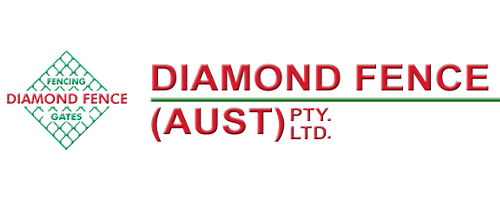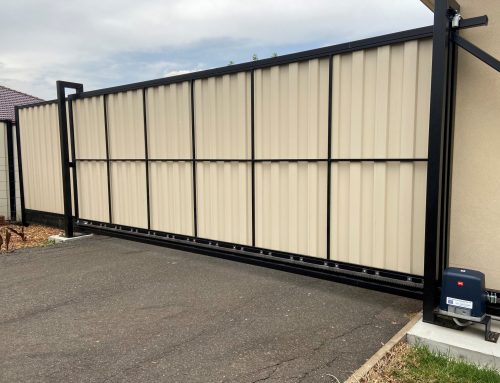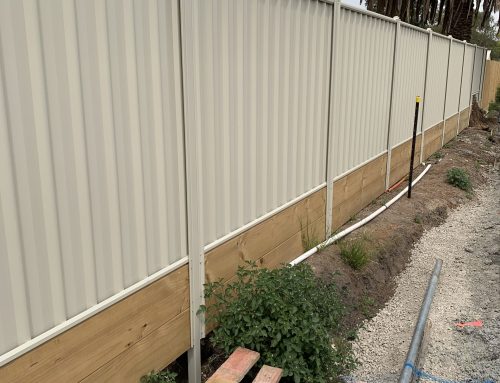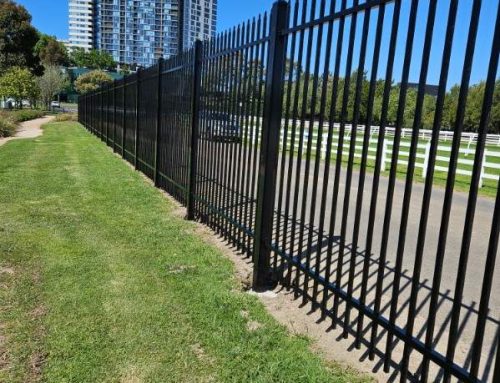Things To Know About Agricultural Fencing In Greater Melbourne & Rural Victoria
When it comes to agricultural fencing in Melbourne or agricultural fencing anywhere in Greater Melbourne or rural Victoria, there are some pretty big decisions to make as the scope of the fencing might be beyond your imagination. When it comes to rural Victoria, then there are acres and acres of land. But when should you think about agricultural fencing in Melbourne, and what kind of fencing is the most appropriate for the agricultural fencing purposes?
Let’s take a look, shall we. Agriculture, or simply said the production of food, fiber, foliage and timber. Basically using natural resources to produce food (cropping, the management of the pasture for livestock, market gardening), raw materials for industrial purposes, and of course for energy sources (renewable energy).
When it comes to agricultural fencing then you have to be reasonable as can be miles and miles long and very costly. When talking about agricultural fencing, then most likely people mean fencing of the paddocks/pastures of the livestock. Even historically agricultural fencing meant to have a fence to keep the livestock under the control. When at first there were open range pastures where livestock could move around, then later on farmers installed fences to keep their animals restricted to stop them from roaming on to the roads where they could get hit by cars or trucks driving by and therefore creating a public hazard.
Nowadays, in agriculture, similar to older days, we have fencing mostly for safety purposes, and not only for the livestock, but for the surrounding environment as well. You don’t want your animals to go and wander around and be exposed to the danger like moving vehicle. But also you must make sure that your livestock will not interact with your neighbour’s livestock. There are biohazards that you want to avoid at all costs.
What kind of fencing should you consider when it comes to agricultural fencing? Firstly it depends from your livestock because cattle for example places a much bigger strain on the fence when you compare it to sheep. Also it depends from the number of animals you want to keep safe and away from the surrounding environment.
To be more precise you need to consider the following points:
1. What type of animal are you trying to keep from getting in or getting out? Different animals have also different fencing requirements.
2. Is it an internal boundary fence? Boundary fences have to be stronger to make sure that it’s doing its dividing job properly.
3. Location of your fence? Does it pass any steeper slopes, does it have a risk of a flood? Or any nearby fire hazard?
Agricultural fencing can be divided into two main categories: electric and conventional fencing.
1. Electric fence is widely used fencing solution in rural Victoria. We wrote a blog post about it. You can take a look at it here.
2. Conventional fencing is a physical barrier either using wire, steel, concrete or timber material. Timber material might be cheaper, but steel and wire is much more suitable for places with a high fire or corrosion risk as steel and wire can be galvanized or powder coated to protect it from the corrosion or fire.
Using chain wire fencing is sturdier than electric or timber fencing. It might be a bit more costly, but in the long run it will serve you well and you know that your livestock will not run away, and at the same time you can keep away wild animals that don’t belong to your pastures.
You can also turn to post and rail fencing, either timber, steel, or combinations of them both.
In addition to the above mentioned fencing solutions, there are other options as well. Contact Diamond Fence today and talk to our experts to find out what fencing solution would suit your agricultural land in Greater Melbourne or rural Victoria. Our fencing experts will help you out!
Give us a call on (03) 9753 4566 , shoot us an email on info@diamondfence.com.au , or just get a FREE online quote.








